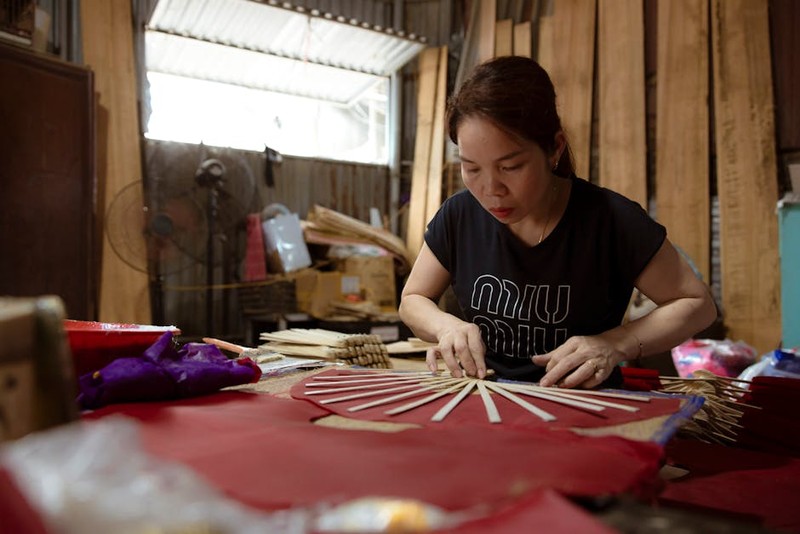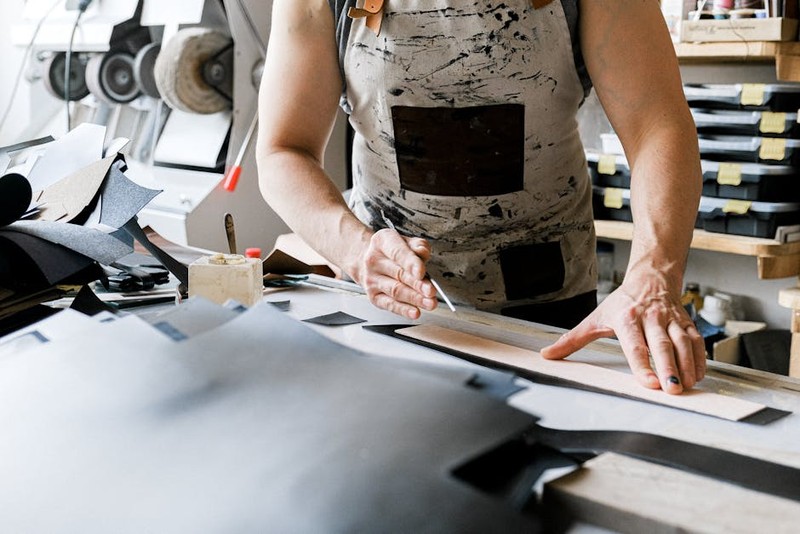The Hidden Challenge: Why Custom Materials Are a Double-Edged Sword
Luxury products—think high-end watches, bespoke automotive components, or designer jewelry—rely on CNC machining to achieve unparalleled precision and finish. But the materials that define these products (e.g., titanium alloys, carbon fiber composites, or even stabilized mammoth ivory) introduce unique complexities:
– Inconsistent behavior under tooling: Exotic metals like Grade 5 titanium work-harden rapidly, causing premature tool wear.
– Thermal sensitivity: Acrylics and certain composites melt or delaminate if heat isn’t meticulously controlled.
– Aesthetic degradation: Materials like polished brass or rare woods can scratch or fracture if machined with standard techniques.
In one project, a client requested a limited-edition watch bezel from zirconium—a material prized for its hypoallergenic properties and striking gunmetal gray finish. Despite its appeal, zirconium’s low thermal conductivity led to warping during machining. Our solution? A combination of cryogenic cooling and adaptive toolpaths reduced thermal stress, achieving a surface roughness of just 0.2 µm Ra.
Expert Strategies for Machining High-End Materials
1. Material-Specific Toolpath Optimization
Not all materials respond to conventional G-code. For example:
| Material | Optimal Toolpath Strategy | Result |
|---|---|---|
| Carbon Fiber | High-speed, low-depth cuts | Reduced delamination by 40% |
| Damascus Steel | Variable spindle speeds | Enhanced pattern clarity |
| Polyetheretherketone (PEEK) | Trochoidal milling | Eliminated melting at edges |
Pro Tip: Use CAM software with material-specific presets, but always validate with test cuts.
2. Tooling Secrets for Exotic Materials
- Diamond-coated end mills for ceramics and hardened steels.
- Single-flute designs for plastics to reduce heat buildup.
- Custom tool geometries for brittle materials like ivory or mother-of-pearl.
Case Study: A luxury pen manufacturer struggled with machining ebonite (a vulcanized rubber). Switching to polished carbide tools and reducing feed rates by 30% eliminated micro-fractures, saving $12K in rejected parts per batch.
The Finish Line: Polishing and Post-Processing

Luxury isn’t just about dimensions—it’s about feel and finish. Here’s how to perfect surface quality:

1. Vibration polishing for metals: Uses ceramic media to achieve mirror finishes without manual labor.
2. Laser ablation for composites: Removes resin “fuzz” without damaging fibers.
3. Hand-finishing protocols: For materials like horn or amber, combine CNC roughing with artisan polishing.
Key Insight: On a recent project involving black tungsten wedding bands, we found that electrolytic polishing outperformed traditional methods, reducing processing time by 50% while enhancing scratch resistance.
The Future: Additive Hybrid Manufacturing
Emerging techniques like CNC-assisted 3D printing allow for unprecedented material combinations. Imagine a titanium aerospace component with embedded gold filigree—a technique we’re piloting for a Swiss watchmaker. Early results show a 20% weight reduction without sacrificing structural integrity.
Actionable Takeaways
- Always test-cut new materials under controlled conditions before full production.
- Invest in tooling tailored to your material’s quirks—it pays off in reduced waste.
- Document every parameter (feed rate, coolant type, tool brand) for repeatability.
Luxury CNC machining isn’t just about tolerances—it’s about marrying engineering rigor with artistic vision. By mastering custom materials, you’re not just making parts; you’re crafting heirlooms.
What’s your biggest material machining challenge? Share your experiences in the comments—let’s solve it together.
